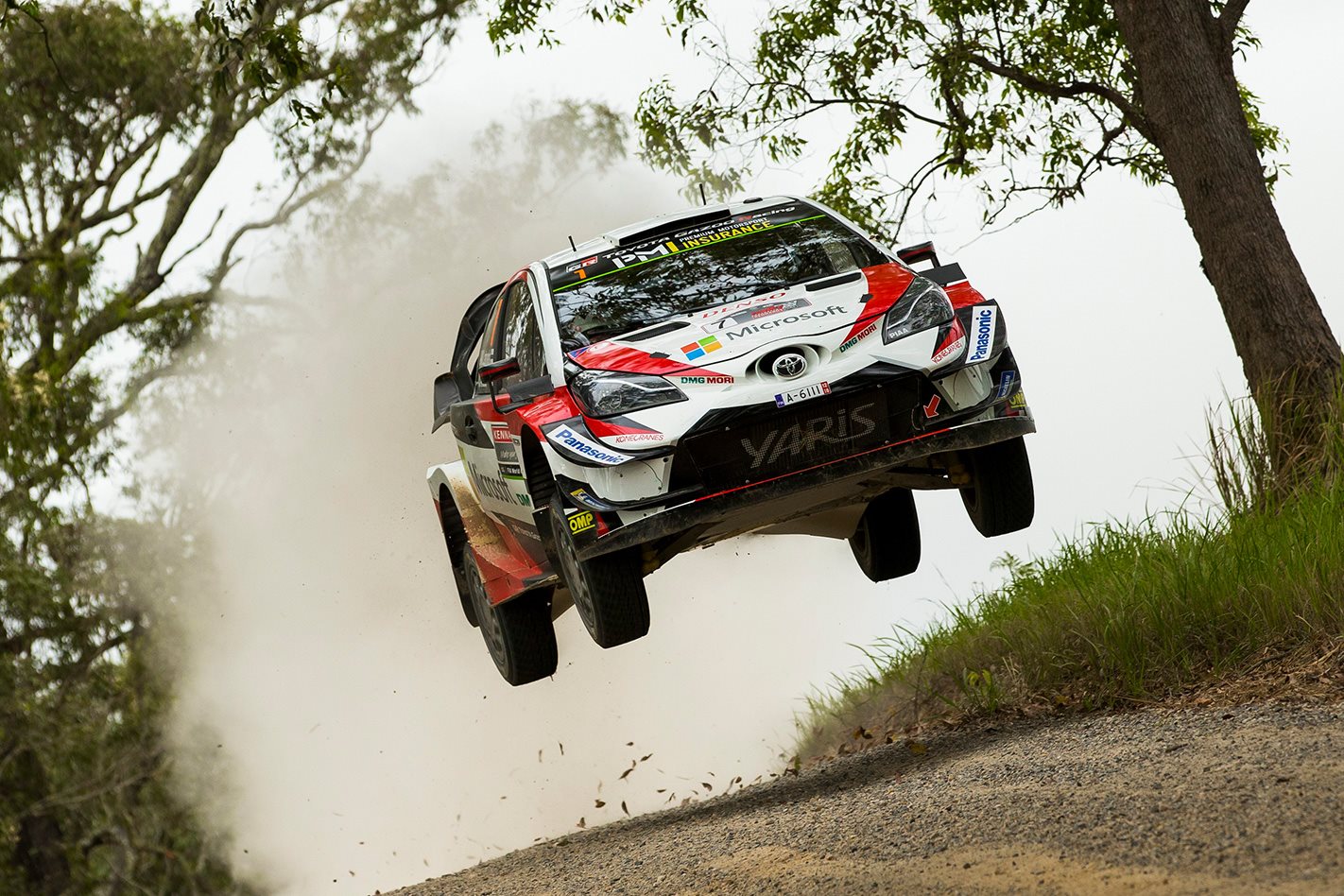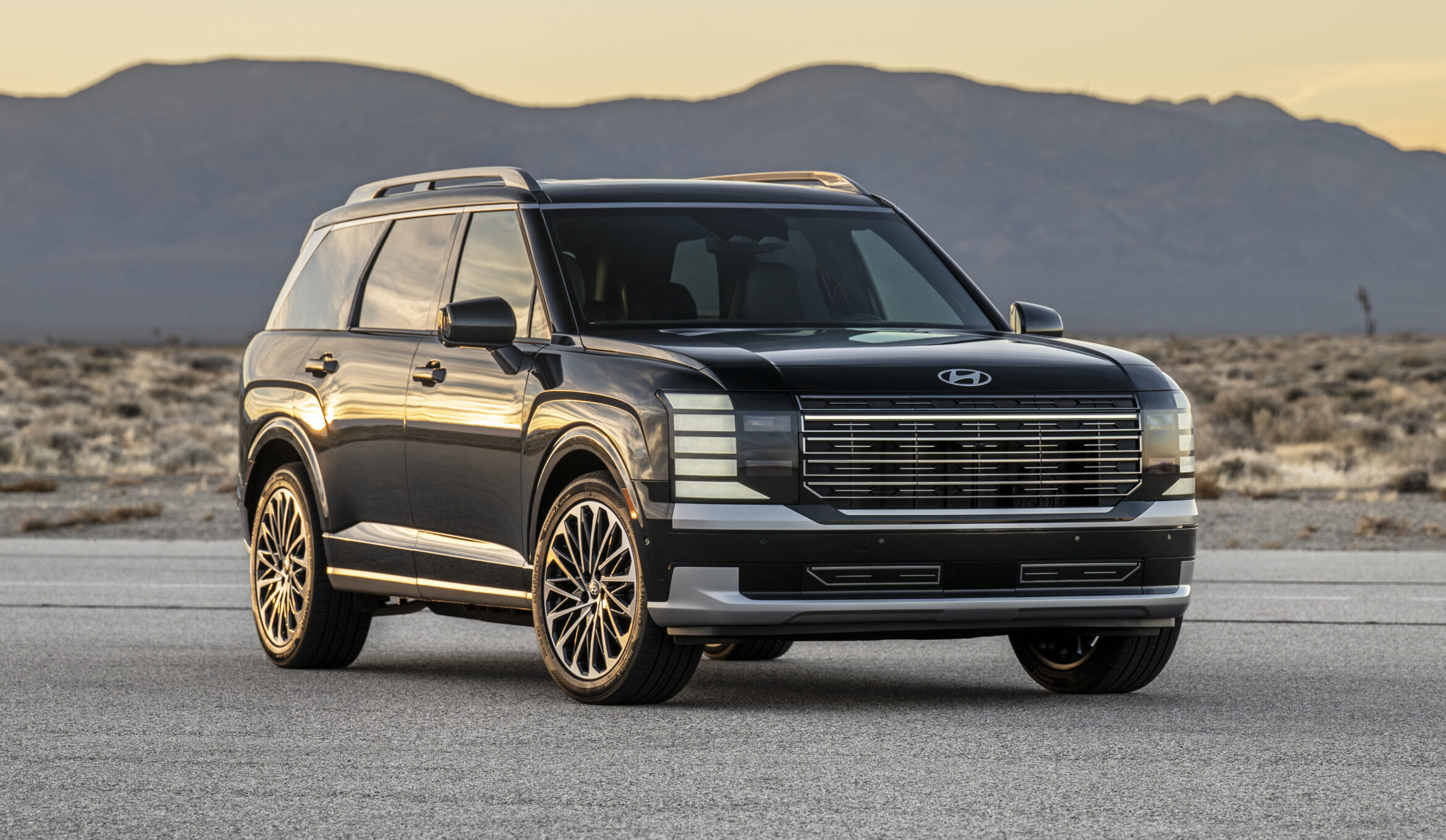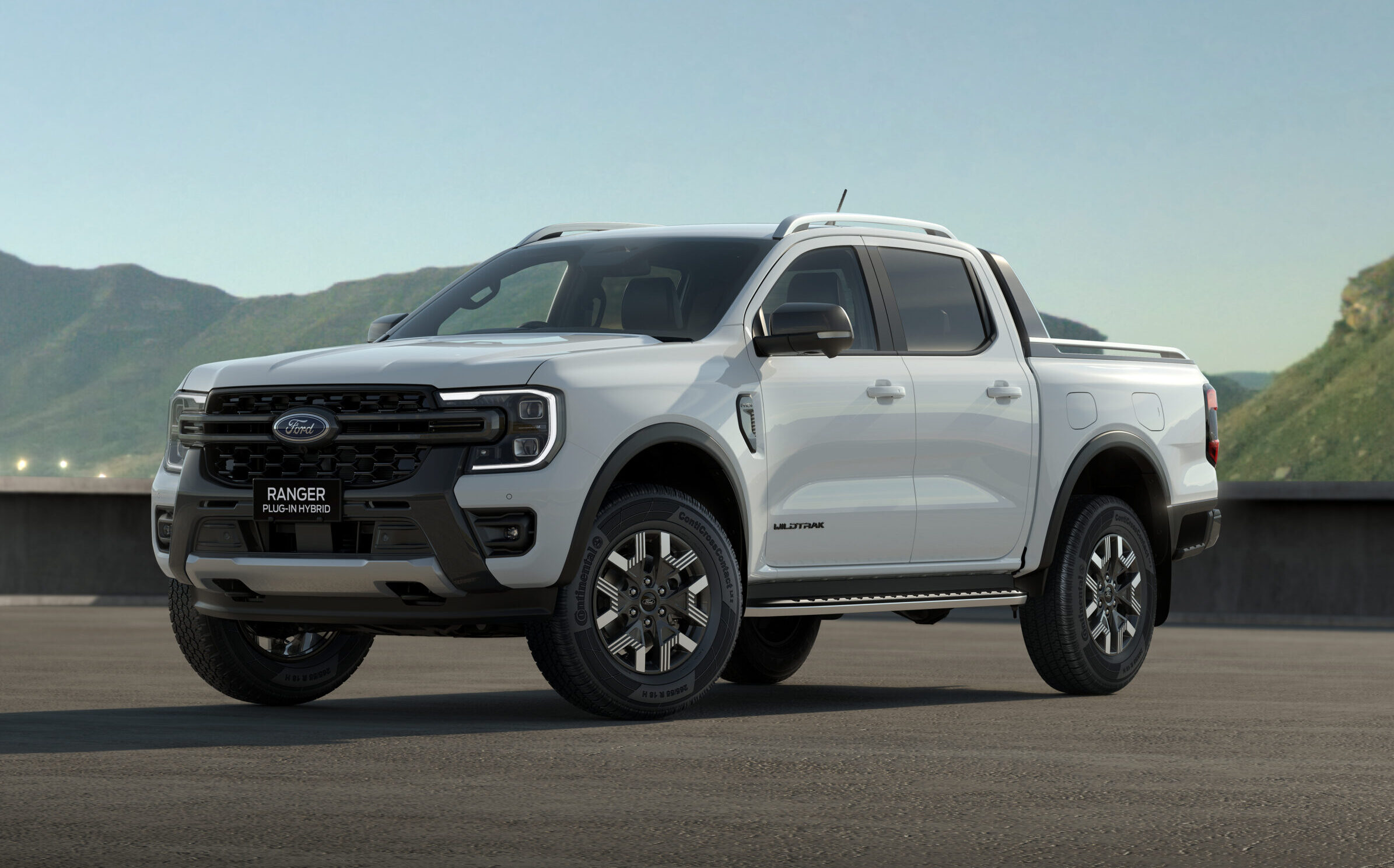THE HUMBLE Toyota Yaris isn’t what most people would consider a natural starting point for a World Rally Championship winning race car, but Tom Fowler isn’t most people.
Fowler is the technical director at Toyota Gazoo Racing WRT, and is responsible for transforming the Japanese manufacturer’s humble hatch into a world-beating racer in a category known for iconic cars such as the Subaru Impreza WRX STi, Mitsubishi Lancer EVO, Lancia Delta Integrale, and Audi Quattro.
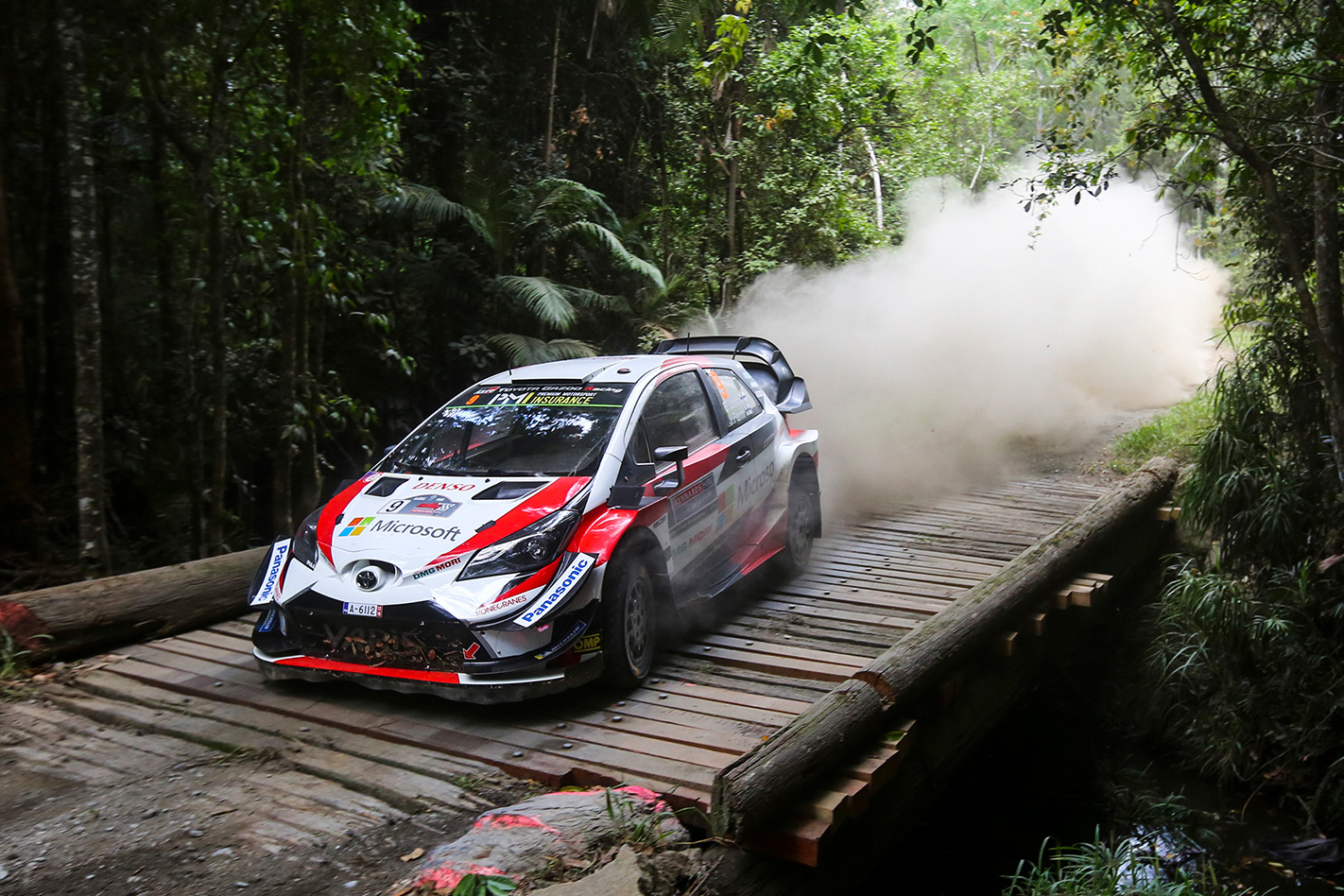
Wheels chatted to Fowler to better understand how he and his team create the fearsome forest monster that won last year’s manufacturer’s title.
“The starting point is to review the base road car that we start with,” he explains.
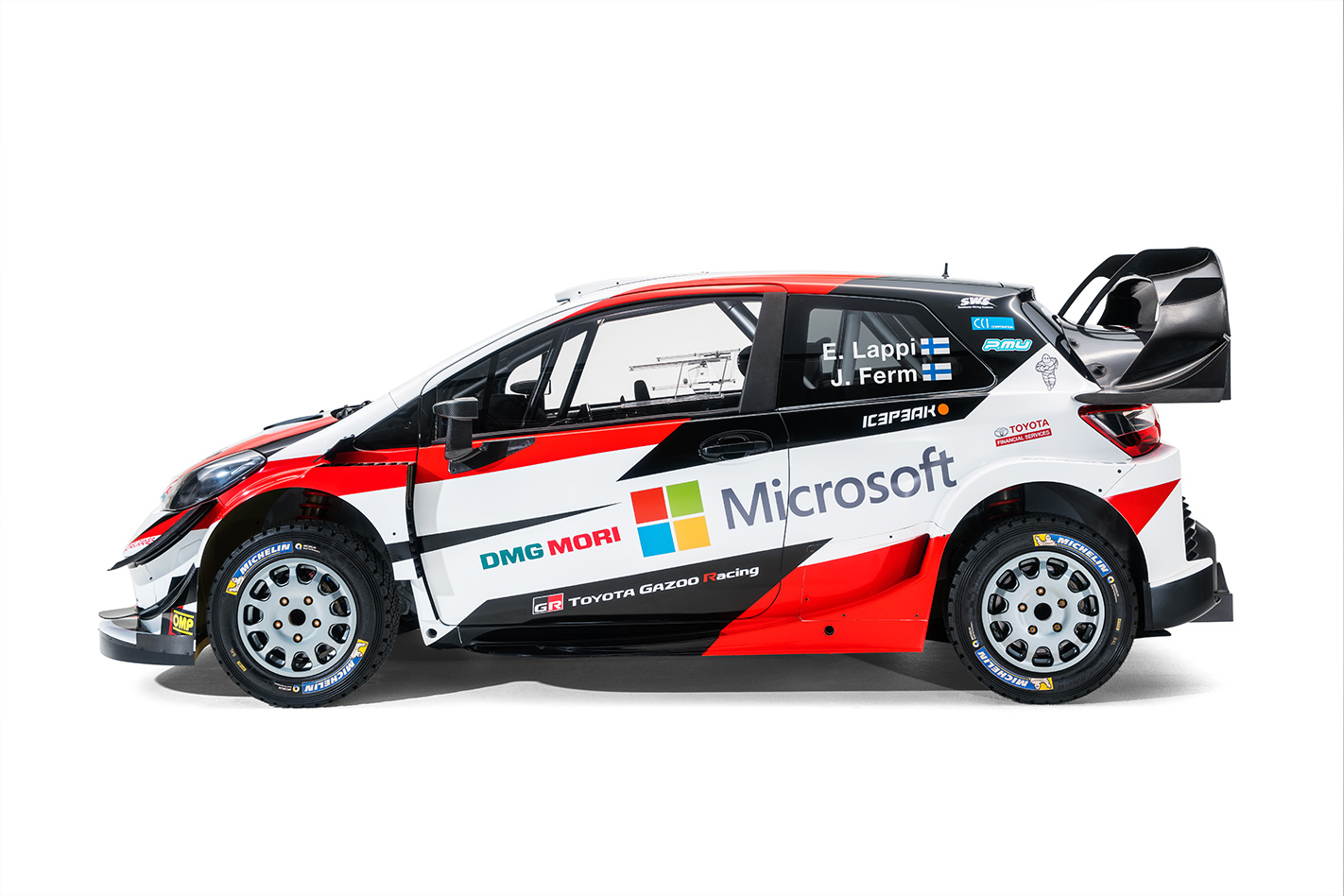
“We have a good look at the regular family roadgoing Yaris from a CAD perspective but also a real car perspective to get a starting point for what you are dealing with and what are going to be the difficult areas and the areas you can exploit with the original car to make the best rally car possible.”
Fowler says the car’s relatively diminutive dimensions give it an advantage on the world’s toughest rally stages, but provides a packaging challenge in terms of design.
Some might be surprised to hear the Yaris WRC doesn’t use a completely bespoke chassis. Instead a showroom-spec Yaris’ chassis forms the basis of the racer, albeit with major modifications.
“By regulation it is known as a production-based chassis. That means when we say chassis it is just the shell or ‘body in white’,” Fowler says.
Toyota announces factory Gazoo Racing Australia team
“That has to be an original production road car chassis that comes from the production line.
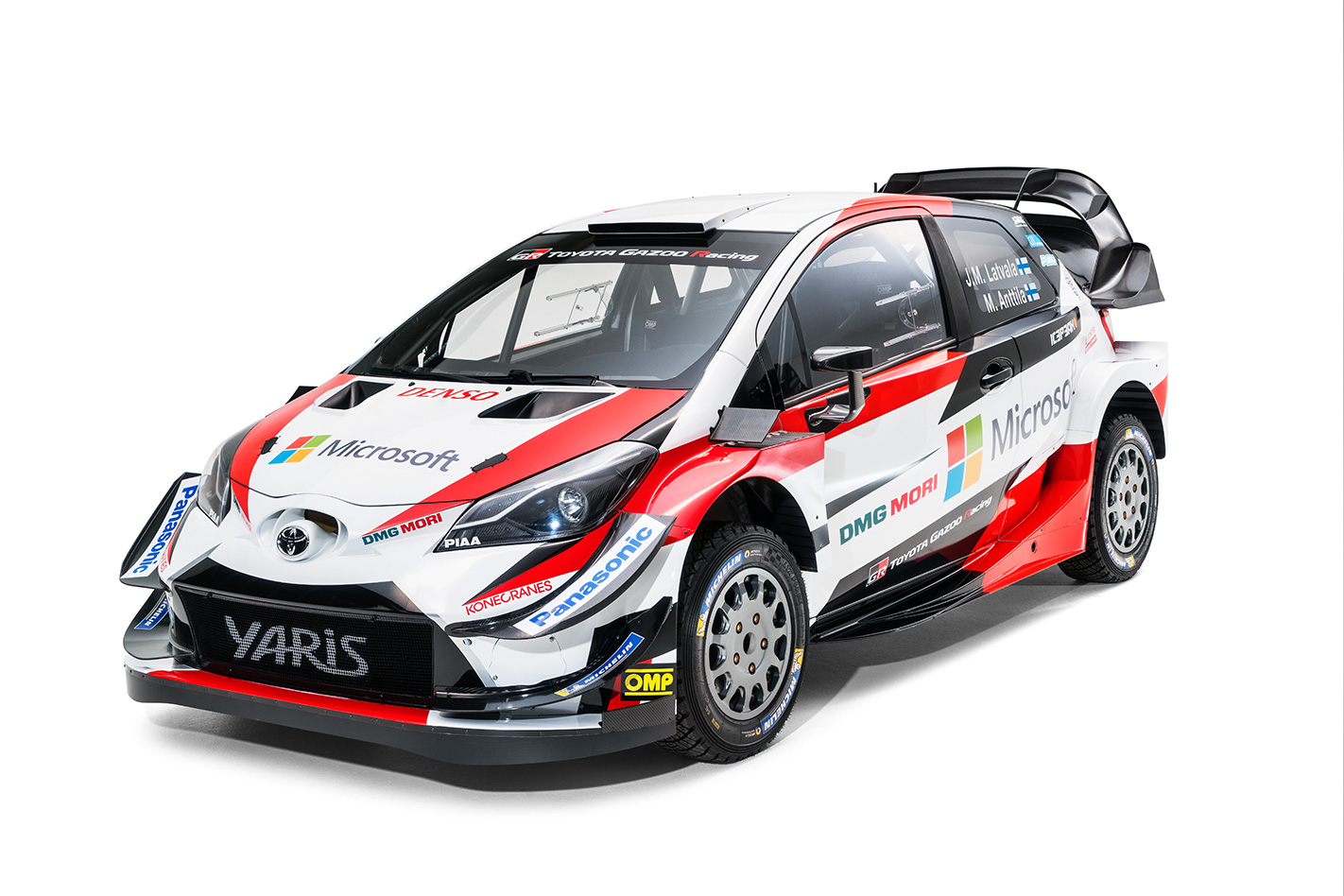
“From a practical point of view we don’t start with a whole car because we would only disassemble it anyway.”
While the roadgoing Yaris delivers power to the front-wheels, the WRC version has four-wheel-drive, with three differentials. Fowler and his team perform a considerable amount of work to allow the new transmission, along with a fully bespoke engine, to be installed.
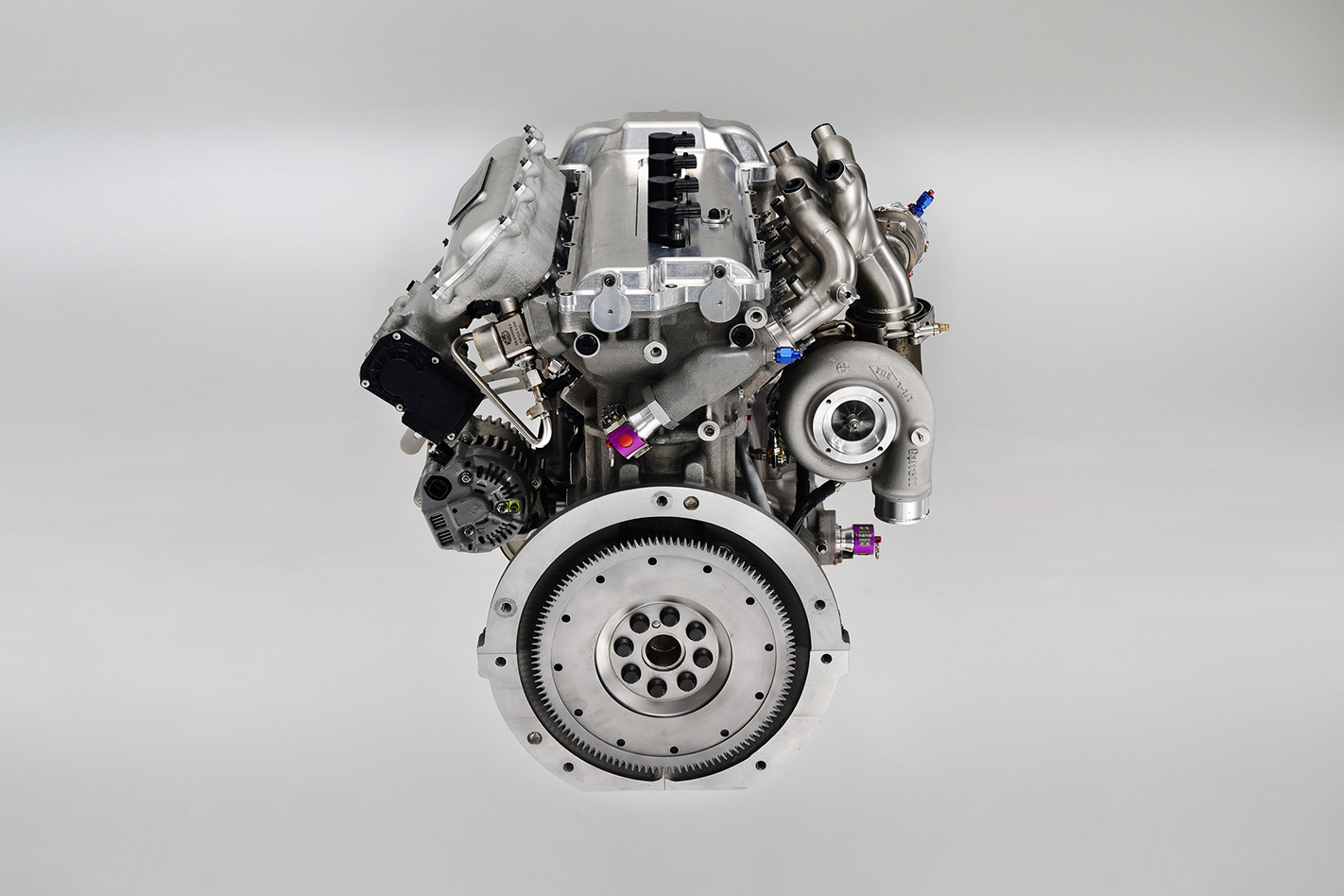
“We have the body of the car delivered to us from the production line, and then there is a lot of work to even just change the chassis, the steel parts of the car, into the rally bodyshell,” he adds.
“This is because we have a huge amount of safety structures we need to instal first of all, and then all the modifications for the engine installation and four-wheel-drive installation. It takes two months to make one bodyshell into a WRC bodyshell. That’s just the welding shop.
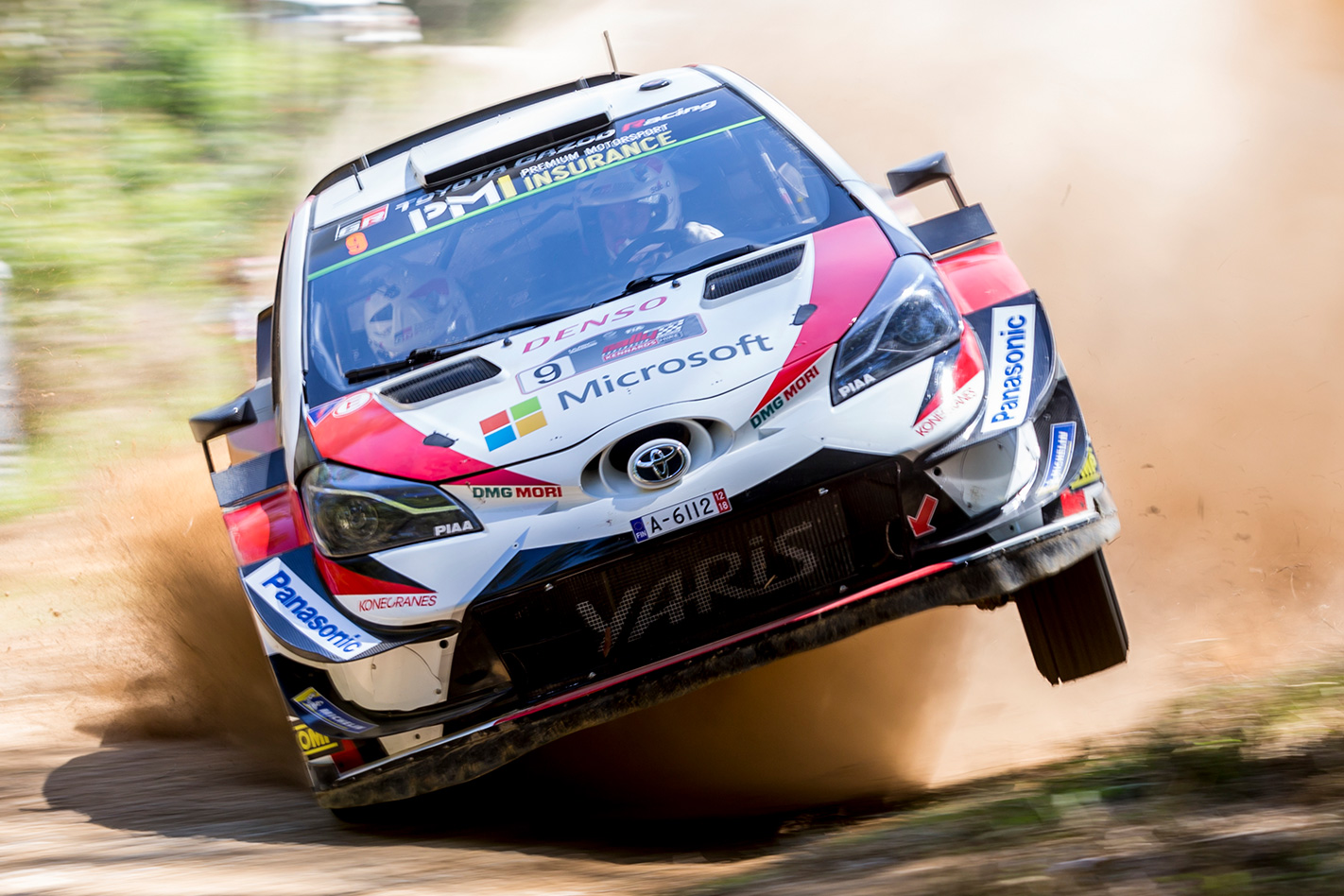
“It is quite difficult to imagine how much we remove until you see it in person in the shop.”
Next is the suspension, which needs to survive being punished on some of the harshest racing surfaces in the world.
The shock and damper units at each of the Yaris WRC’s four corners are as thick as a grown man calves, with their size determined by the punishment dished out by the WRC’s notoriously tough rally stages.
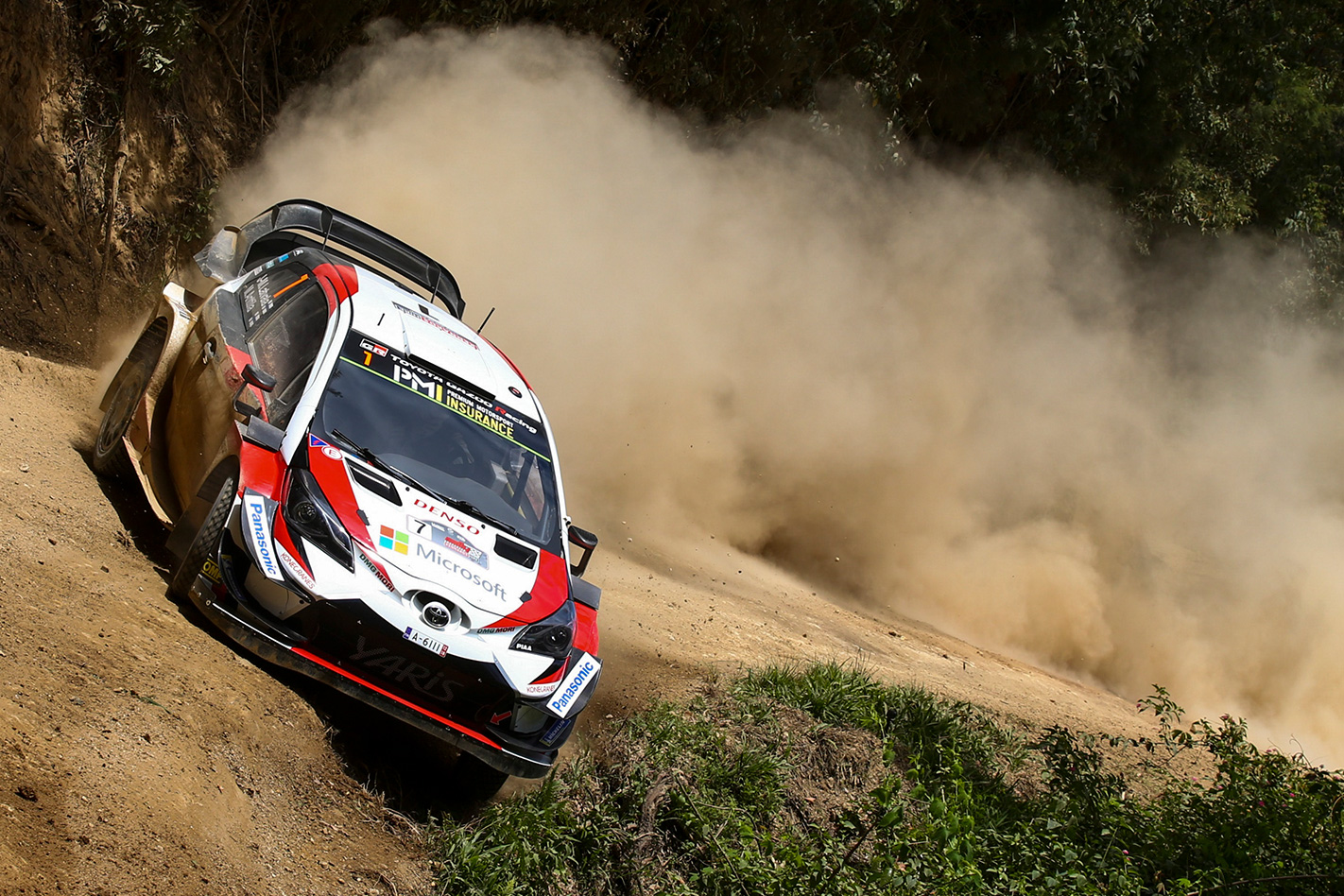
While suspension travel is a closely-guarded secret amongst WRC teams, Fowler did confirm that the team exceeds its target of 300mm. Brake diameters for racing on gravel stages like those found in Coffs Harbour are limited to 300mm.
As with the production chassis, the roadgoing Yaris’ suspension set-up gets a considerable revision during the transformation.
“The geometry is all WRC-specific, so there are some limitations based on the original road car you start with,” Fowler explains.
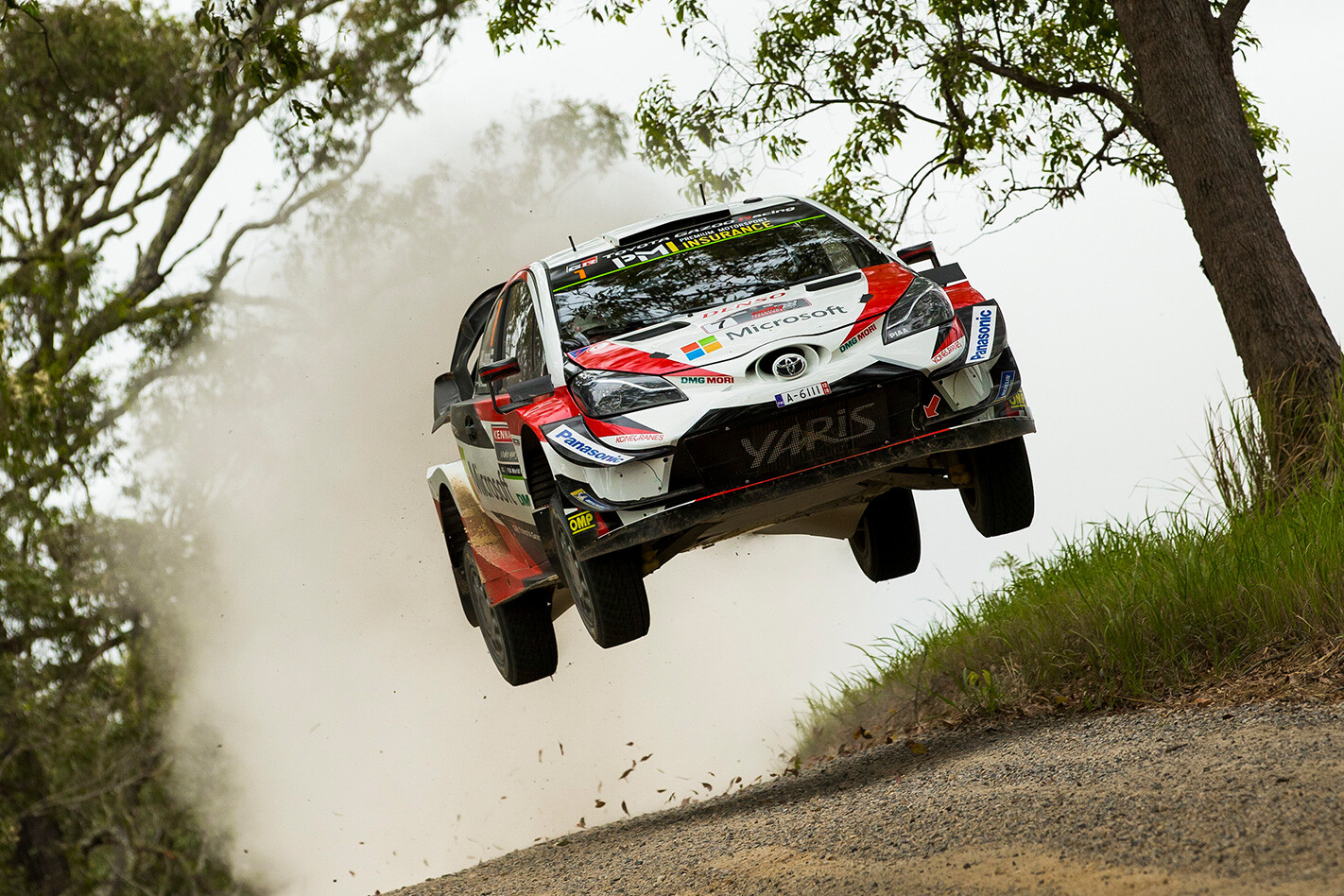
“But basically, we build a whole new suspension kinematic front and rear, which increases the suspension travel and width of the car.”
Powering the Yaris WRC is a 1.6-litre turbocharged four-cylinder, running a 36mm turbo restrictor. Toyota doesn’t release official figures, but power is in the ballpark of 283kW and torque around 425Nm, allowing the car to crack 100km/h in less than four seconds, on virtually any surface.
Co-developed with TMG in Germany, which previously ran Toyota’s Formula 1 team, the Yaris WRC’s engine is completely bespoke.
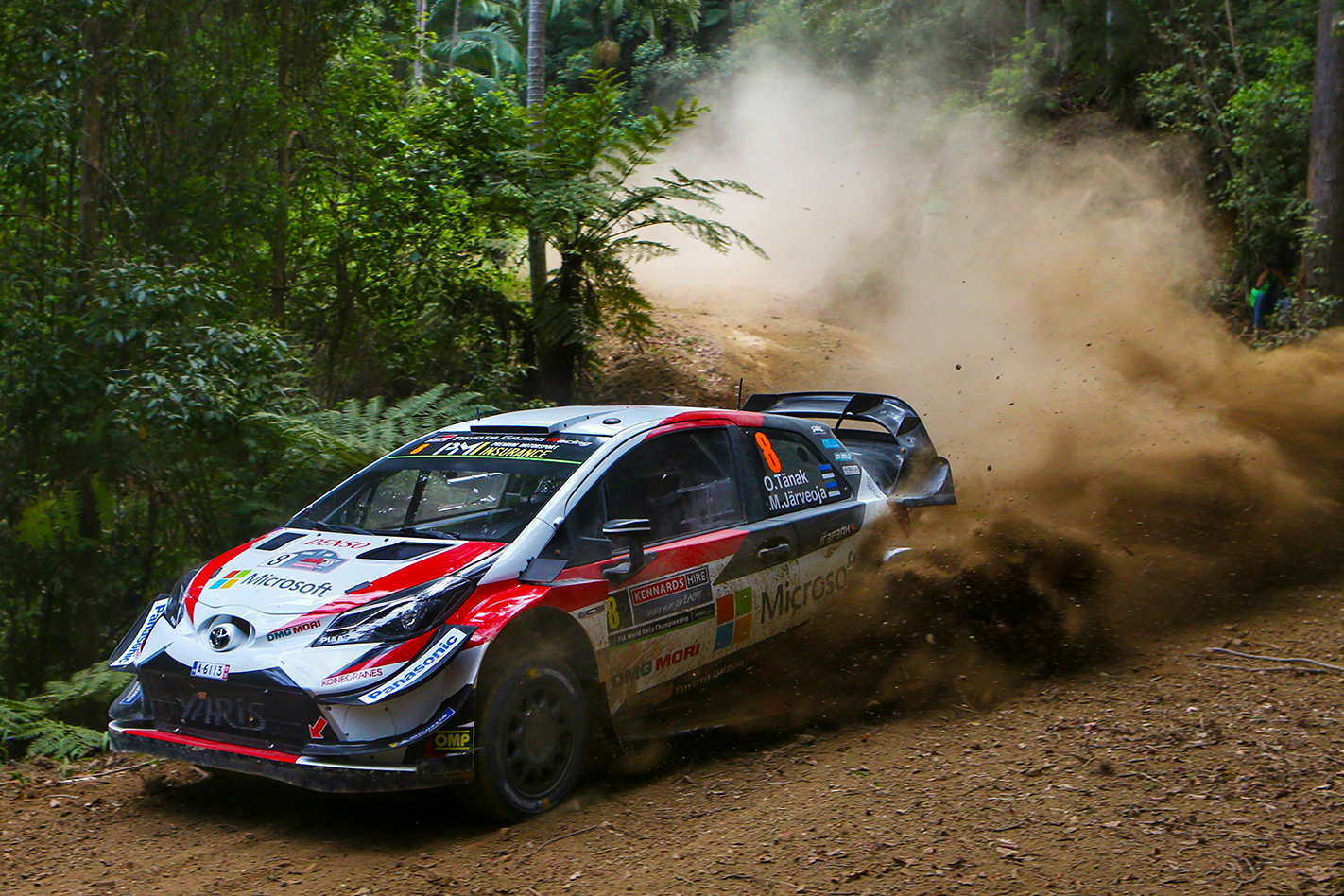
The world’s angriest Yaris will return to the world’s rally stages at the first round of the 2019 championship later this month.


